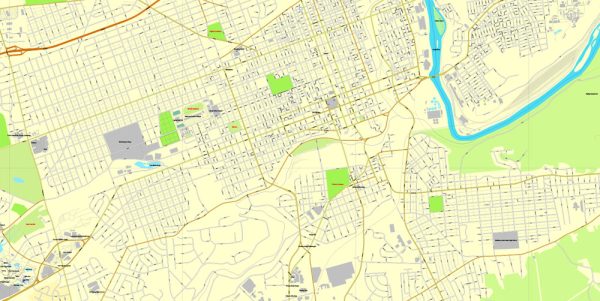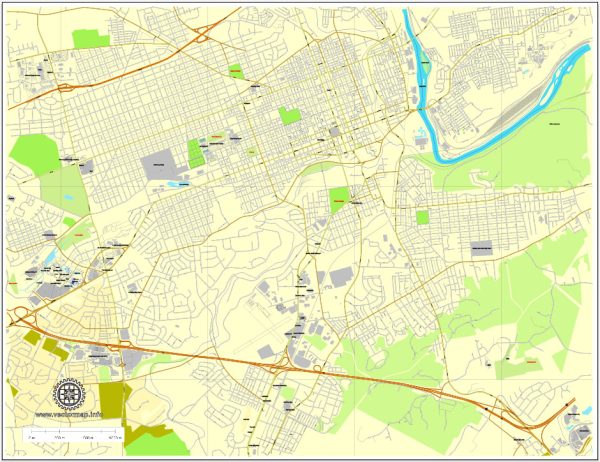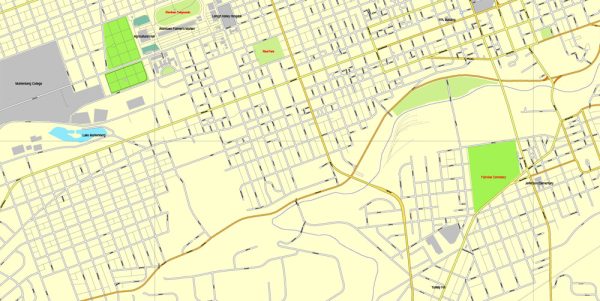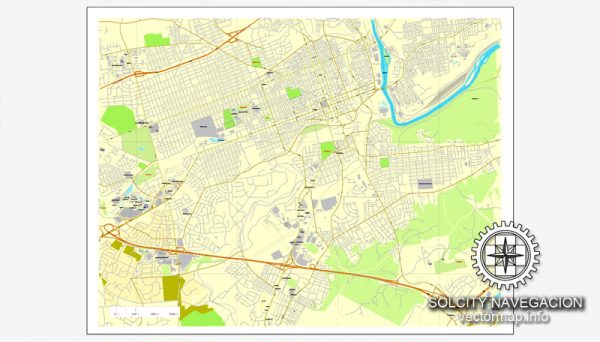Allentown, Pennsylvania, has a rich history that reflects the broader historical trends of the United States. Here’s a brief overview of the city’s history:
- Early Settlement: Allentown was originally settled by the Lenape Native American tribe before European colonists arrived in the early 18th century. It was known as Northampton Town and was situated in the heart of what would become Northampton County, Pennsylvania.
- American Revolution: Allentown played a role in the American Revolution as a hub of local military activity. The Liberty Bell was hidden in Allentown during the winter of 1777-1778 to protect it from the British.
- Industrialization: The city’s industrial growth began in the 19th century, thanks to its strategic location on the Lehigh River and the expansion of the iron industry. The establishment of the Lehigh Canal and the arrival of the railroad further spurred economic development.
- Immigration: Allentown saw an influx of immigrants in the 19th and early 20th centuries, primarily from Germany, Austria-Hungary, and other European countries. This diversity contributed to the city’s cultural and economic vibrancy.
- Manufacturing and Silk Industry: The city became known for its manufacturing industries, including the production of iron, steel, and textiles. Allentown was particularly renowned for its silk industry.
- 20th Century: In the 20th century, Allentown continued to be an industrial center, with the Mack Trucks and Air Products companies being prominent employers. The city also experienced growth in the healthcare and education sectors, with institutions like Lehigh Valley Hospital and Muhlenberg College.
- Decline and Revitalization: Like many industrial cities, Allentown faced economic challenges in the latter half of the 20th century. However, revitalization efforts, including the development of the PPL Center arena and the Neighborhood Improvement Zone, have contributed to the city’s renewal.
- Today: Allentown is now a diverse and vibrant city, known for its cultural events, museums, and a growing arts scene. It’s also part of the Lehigh Valley, which is a significant economic and cultural region in Pennsylvania.
Allentown’s history reflects the broader trajectory of American industrialization and immigration, as well as the city’s efforts to adapt and revitalize in the face of economic changes. Today, it continues to evolve as a dynamic and diverse urban center in Pennsylvania.





 Author: Kirill Shrayber, Ph.D.
Author: Kirill Shrayber, Ph.D.